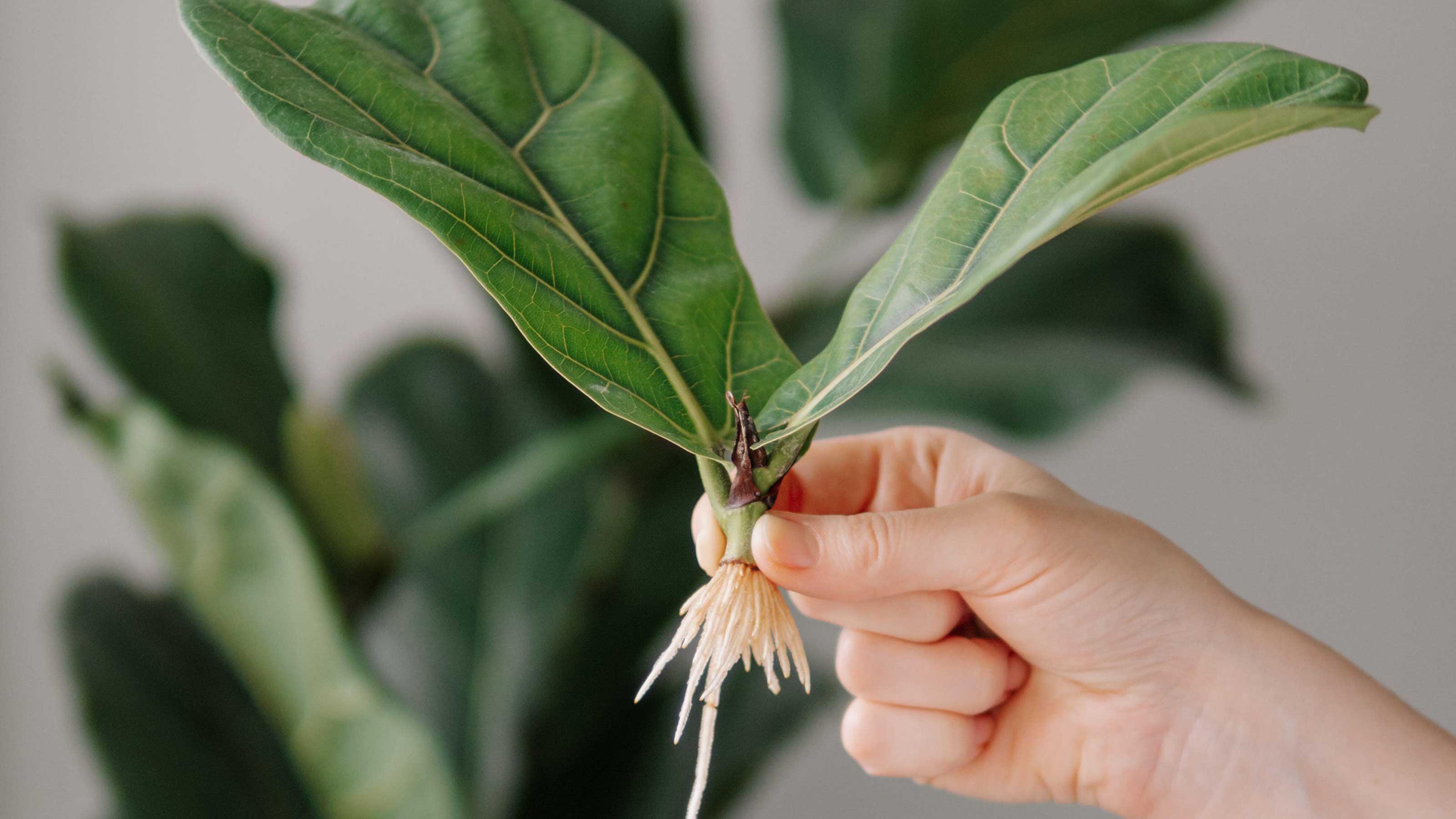
Have you ever wondered how to propagate a fiddle leaf fig, otherwise known as a Ficus lyrata? These tall tropical plants are gorgeous home additions, and if you've already got one, it's possible to create more for free.
You'll need to take what's known as a stem cutting. This is a short section of the plant put into a growing medium, where it will develop its own roots and continue to grow. We chatted to houseplant experts who shared their top tips on the process — and it's simpler than you might expect.
If you love caring for your fiddle leaf fig and fancy expanding your indoor plant collection, the following step-by-step guide will increase your chances of success.
How to propagate a fiddle leaf fig for new free houseplants
Taking cuttings is an effective and budget-friendly way to propagate many of the best indoor plants, so it's a useful skill to learn.
The best time to take cuttings is in the spring or early summer when the plant is actively growing. This is also the best time to prune many of your indoor plants, including Chinese money plants.
Step 1: Clean pruners
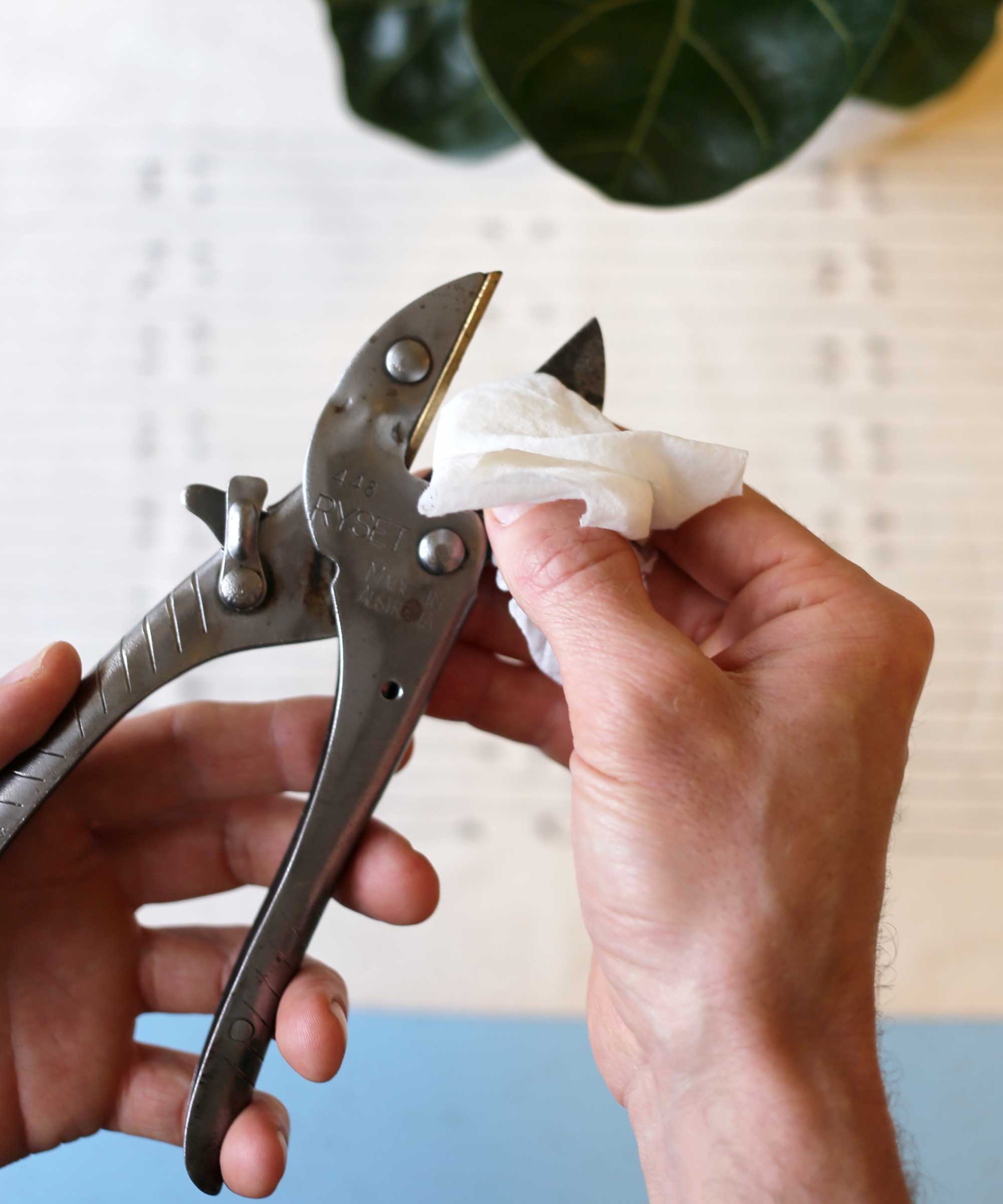
To cut your plant, you'll need a good pair of pruners. These titanium coated steel hand pruners from Home Depot are a popular option with great customer reviews. They'll come in handy for pruning, too — an important part of caring for houseplants.
You also need to make sure your pruners are clean to prevent pathogens from spreading onto your cutting or the parent plant and helping them stay healthy.
To clean your pruners, you can simply wipe them with a cloth dampened with antiseptic fluid such as Amazon Basics isopropyl alcohol). Ensure they are sharp, too.
Step 2: Take your cutting
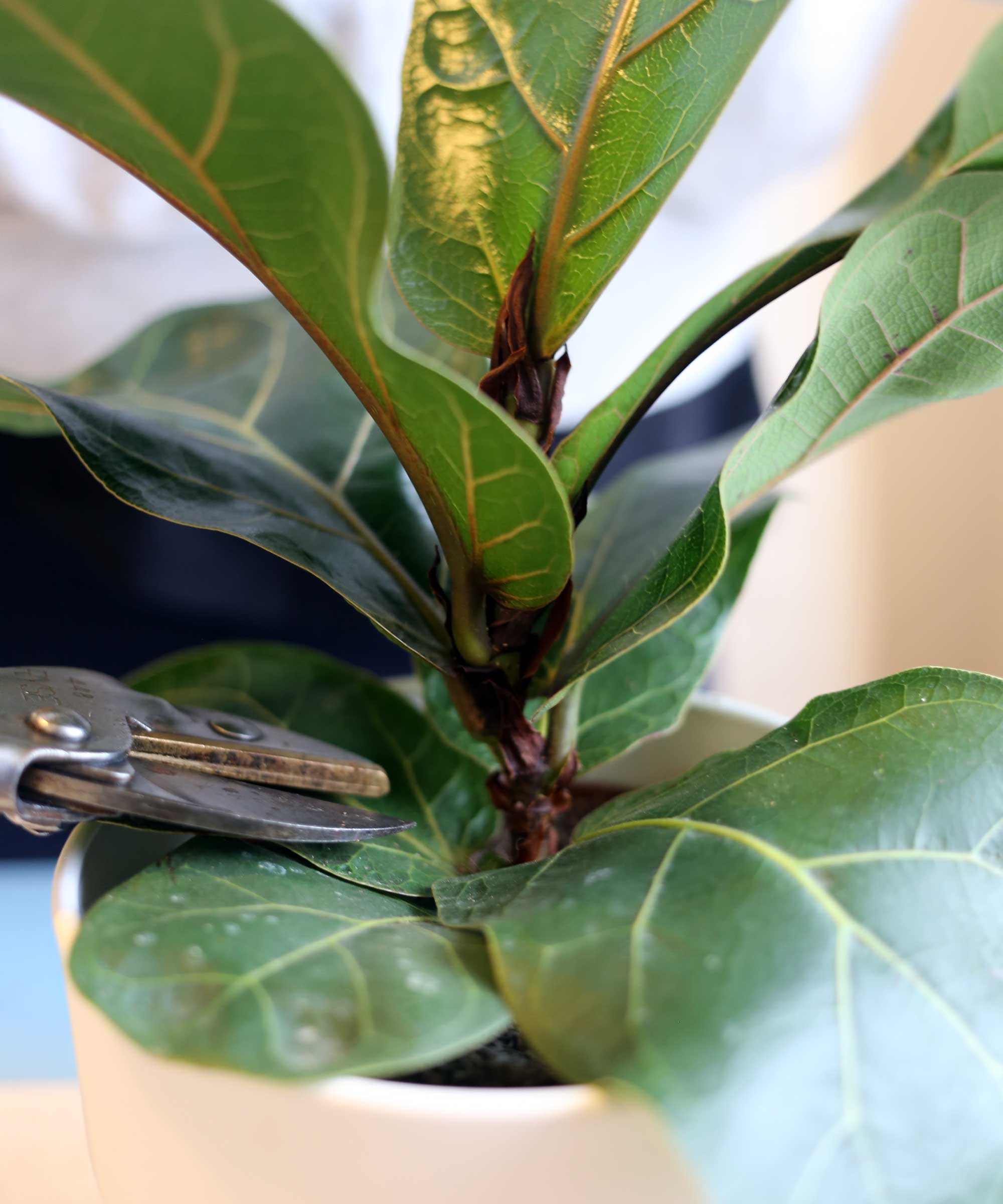
Nastya Vasylchyshyna, a resident botany expert at Plantum, recommends propagating your fiddle leaf fig by rooting the topmost shoot of the plant.
The cutting should have a few leaves attached — at least two. Make your cut slightly below one of the nodes (the points where leaves grow out of), Nastya instructs.
Kayla Gajdascz, the co-founder of Mental Houseplants, recommends cutting at an angle, as this increases the surface area for rooting.
Cutting your fiddle leaf fig will release a toxic milky sap. Be sure to wear gloves, such as these cute nitrile coated waterproof gardening gloves from Home Depot , to protect your skin. Clean up any drips safely and promptly, too.
Step 3: Remove bottom leaves
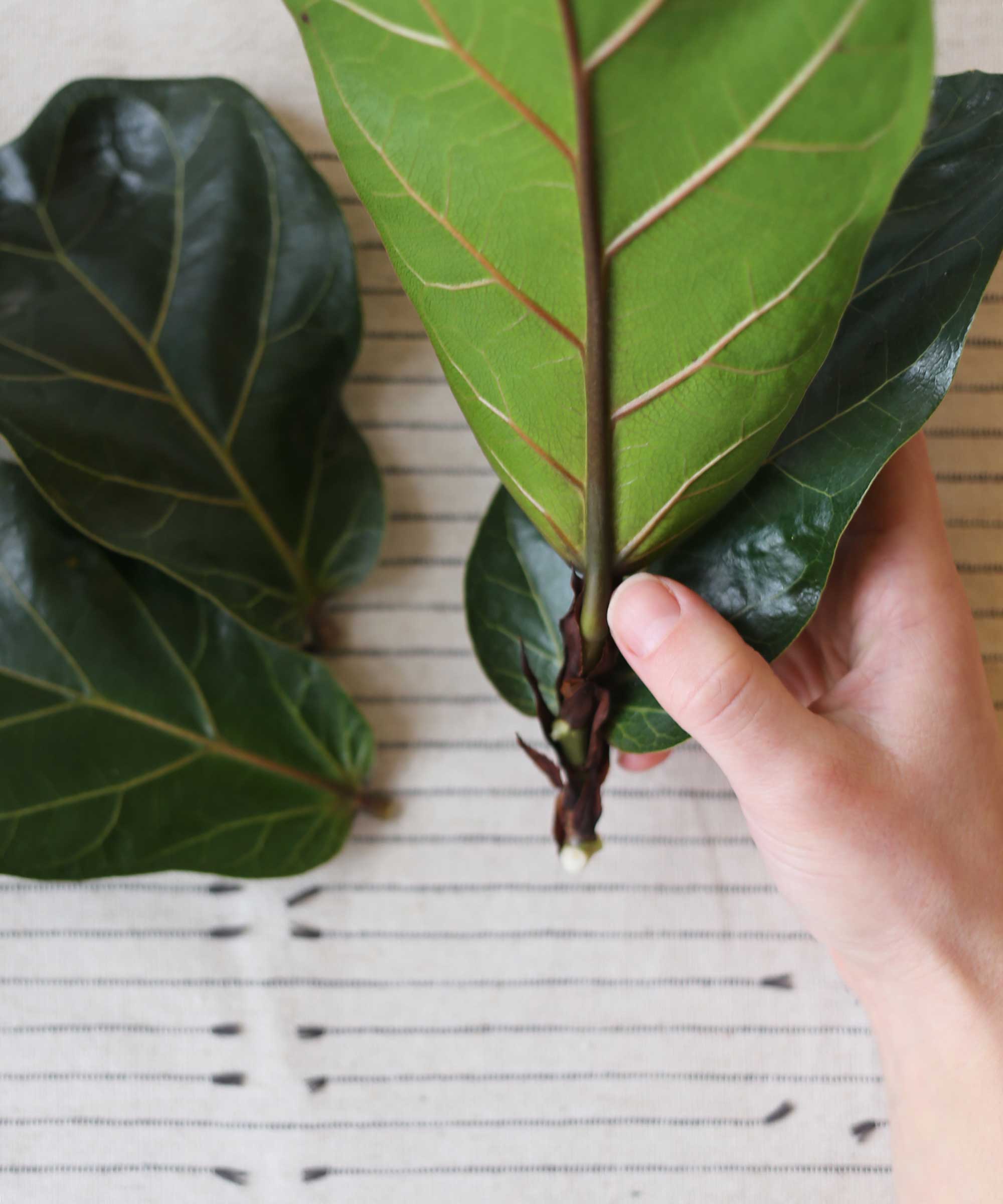
Once you've taken your cutting, Kayla says to remove the bottom leaf (or leaves) to expose one or two of the growth nodes. This is where new roots will emerge from, she explains.
"Leave the lowest 1.5–2 inches of the stem free of foliage," adds Nastya.
Step 4: Use rooting hormone powder
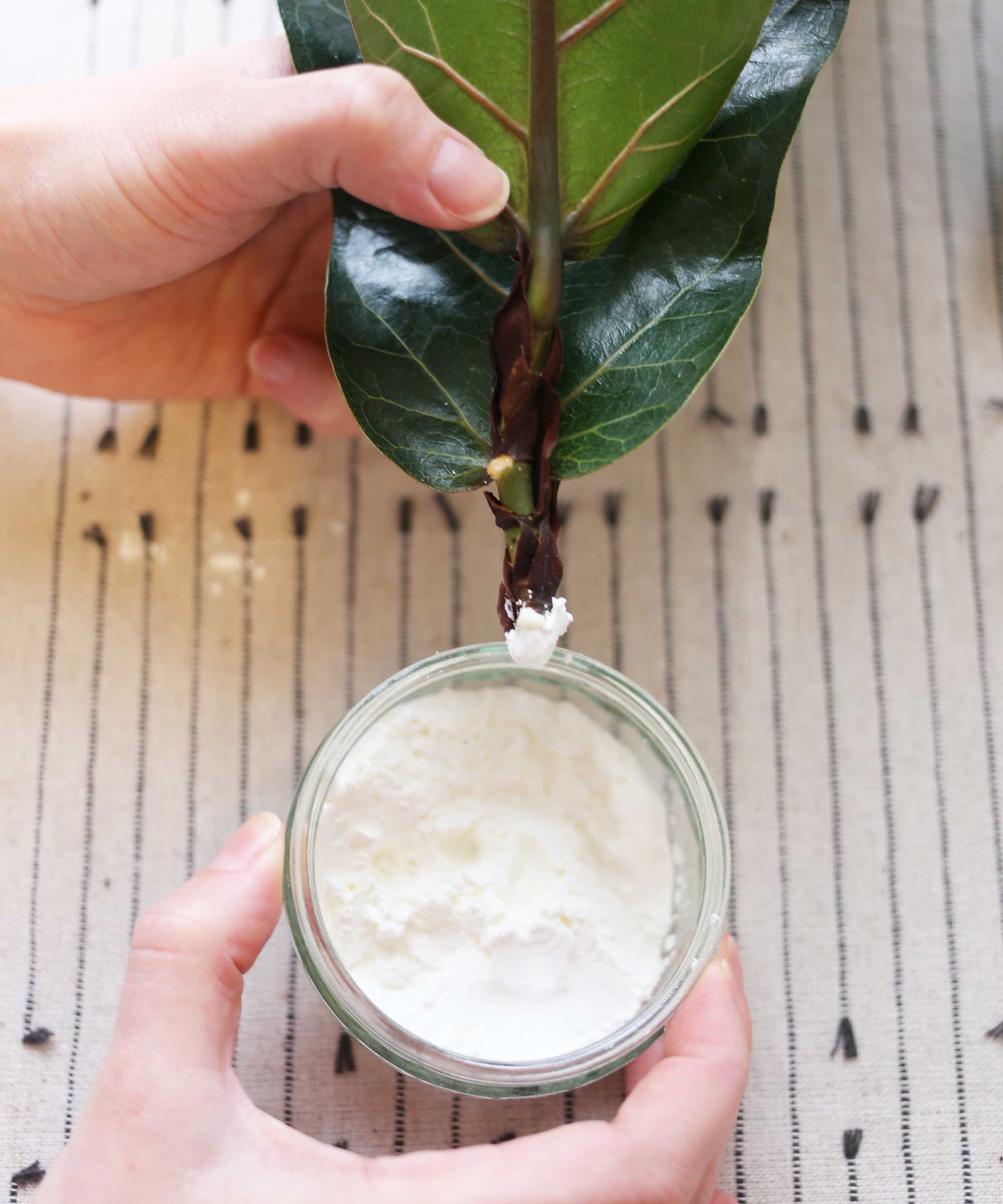
Kayla highlights an optional step — dipping the cut end of the stem in rooting hormone powder to encourage root growth. This Bonide rooting powder at Amazon is highly-rated with over 10,000 Amazon reviews.
Step 5: Pot it up
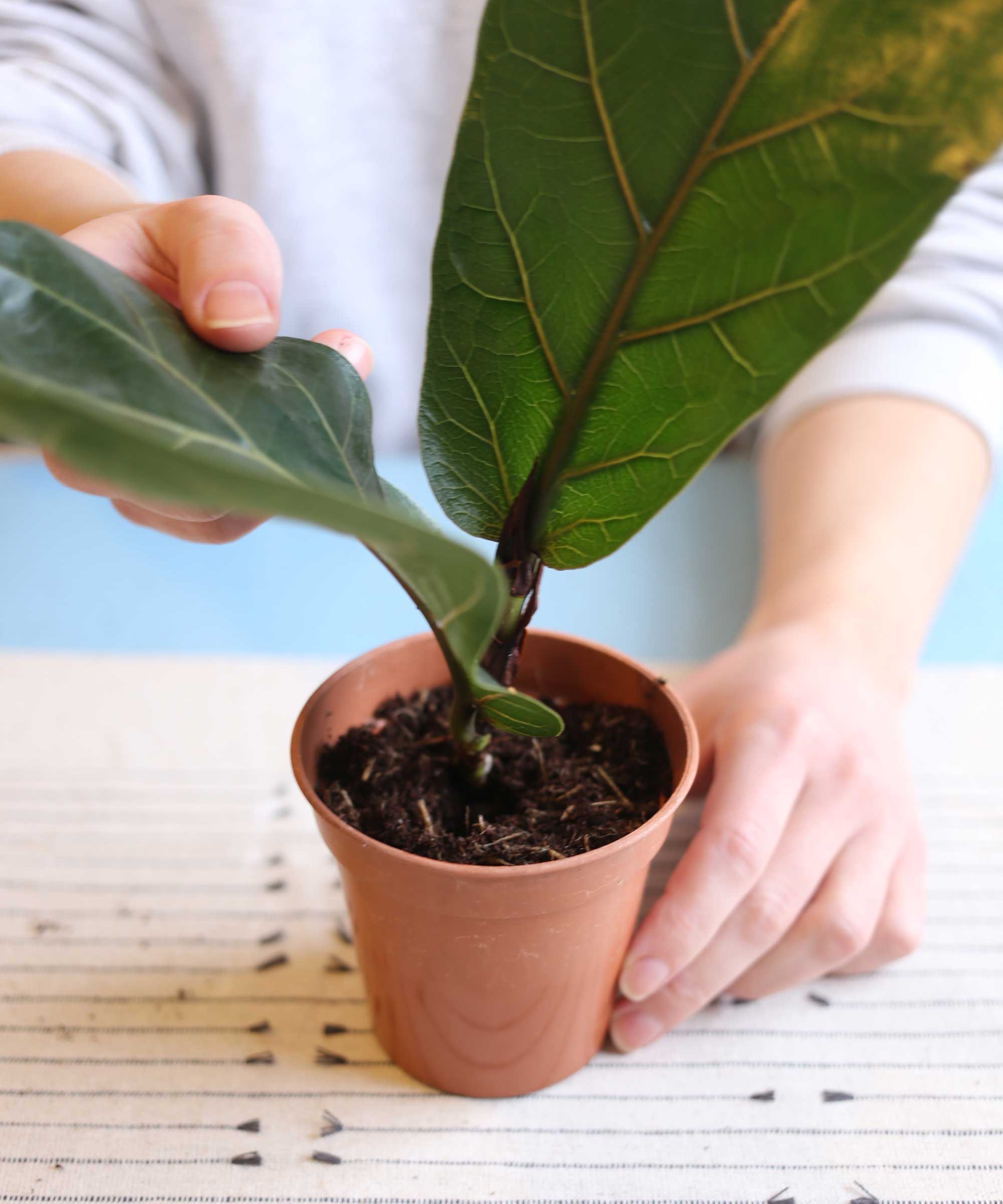
Now it's time to transfer your cutting into soil. Nastya says to fill a small pot with drainage holes at the bottom with a fertile, loose, well-draining potting mix. "Moisturize it evenly using soft, room-temperature water," she instructs.
We like the look of this Miracle-Gro potting soil for houseplants from Amazon, which would be well-suited for growing spider plants in, too.
"Make a small hole in the middle of the substrate and plant the cutting so that at least one node ends up below the soil line," Nastya continues. "Then, compact the potting mix slightly to keep the plant stable."
Kiersten Rankel, an expert from Greg, a houseplant-care app, recommends watering it sparingly, keeping the mix just barely moist as new roots emerge.
"Place your cutting somewhere bright, and give it time to adjust," she adds. "Fiddle leaf figs don’t handle change very well, so be patient." She also advises keeping your cutting in the same spot after potting it up.
Nastya also notes how you can cover the pot with a glass jar or a clear plastic bag to retain moisture and heat.
"Prevent mold growth by taking the cover off for about half an hour daily," she says. "Give the plant a small drink or mist the foliage before covering it again to boost humidity if needed. Keep the substrate evenly moist (but not soggy) at all times."
If you need a mister, this Haws copper one from Terrain is pretty as well as practical.
If you do decide to cover your cutting with a bag, Kayla recommends using sticks or straws to support it and prevent it from touching the leaves.
6. Give ongoing care
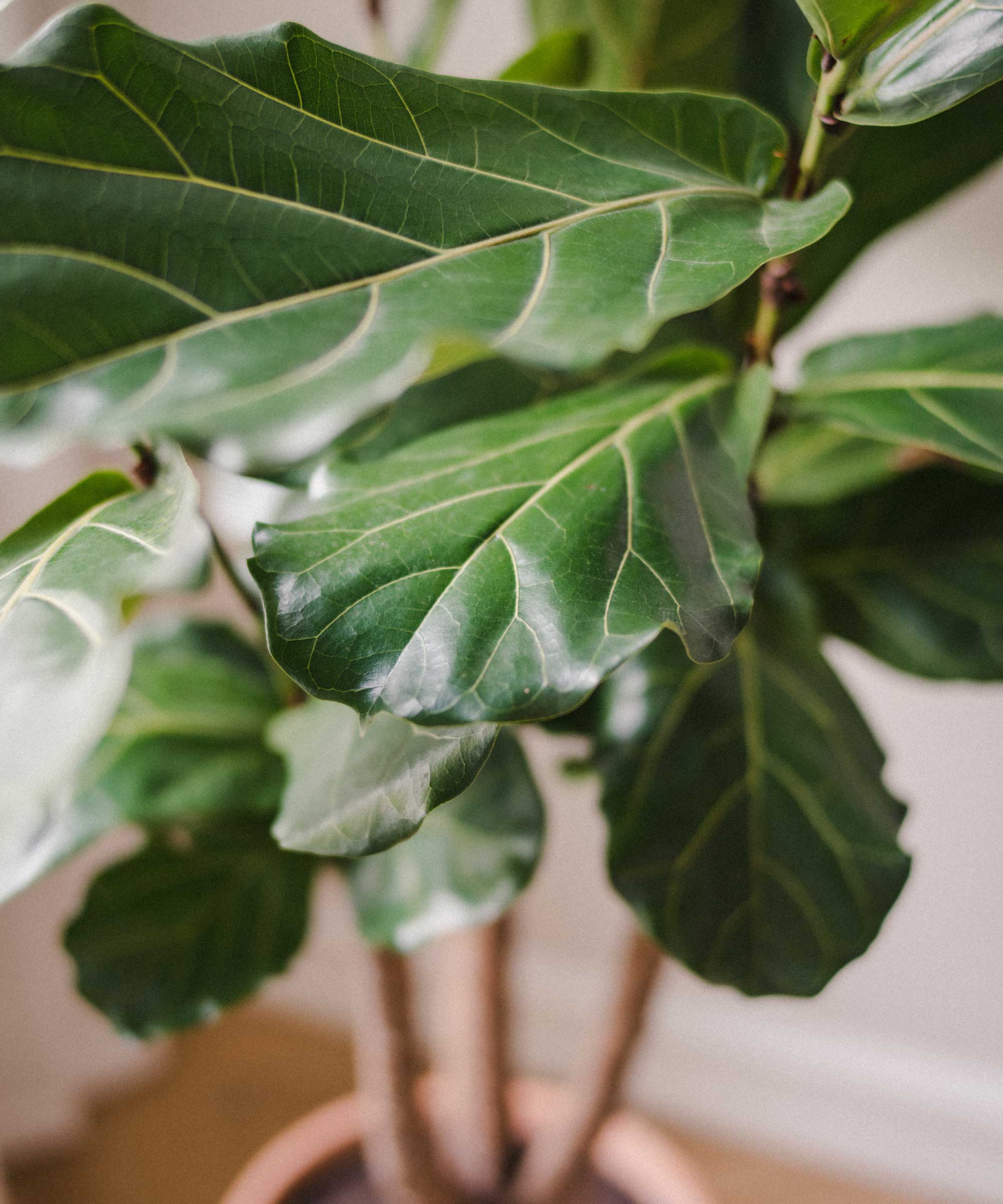
After a few weeks, give your cutting a gentle pull. If you feel resistance, it has rooted. Continue to look after it carefully as it continues to grow. Eventually, it will start to outgrow its pot, so you'll need to transplant it into a larger container with fresh potting mix.

This powder encourages fast root development for cuttings and is so simple to use. It can be used on philodendrons and hoyas, too.

Every gardener needs a good pair of gloves – and a pretty design is a bonus. These ones are comfortable and cute, with elasticated wrists.
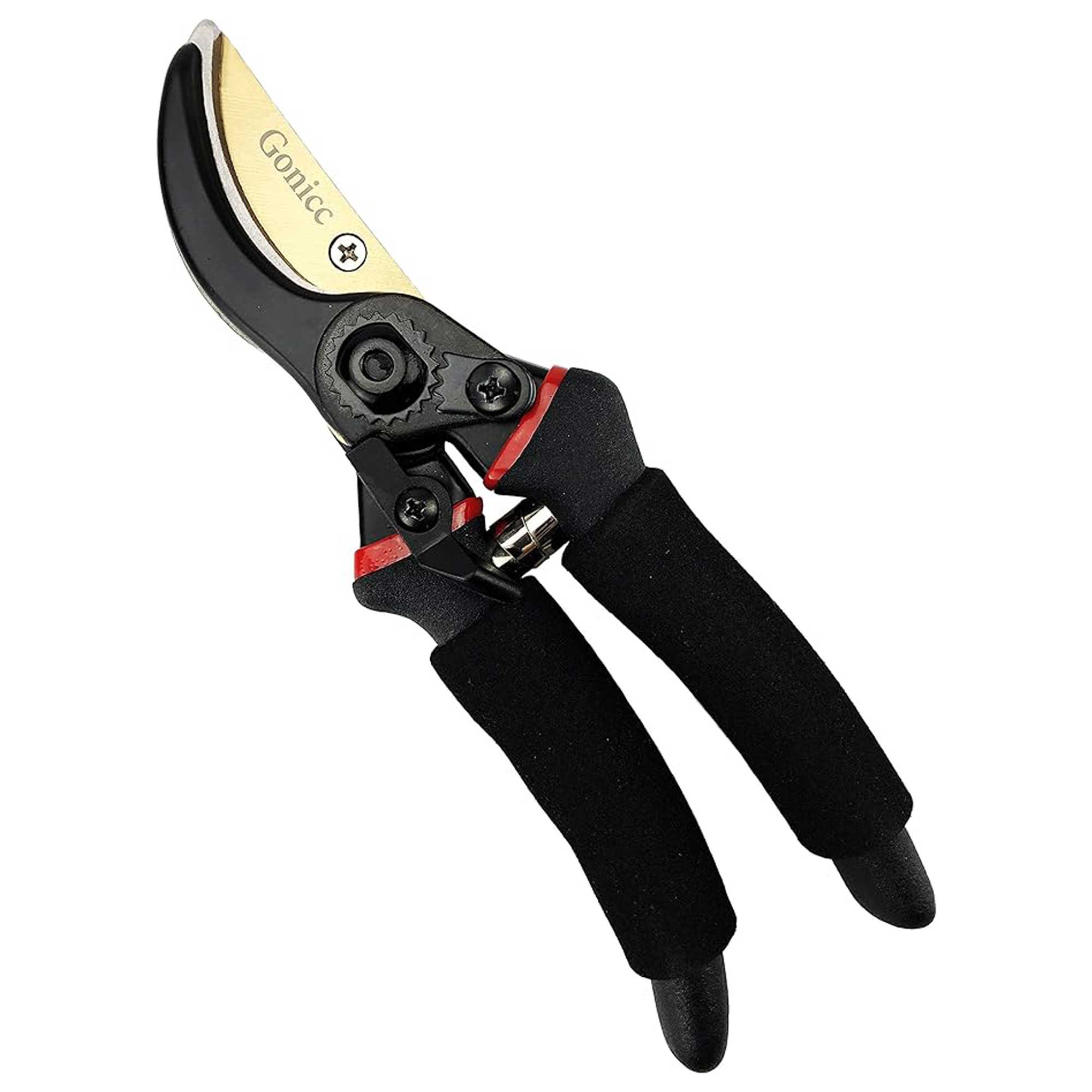
These popular, premium pruners feature a carbon steel blade and lightweight, non-slip handles. A must-have for every plant parent.
Or, propagate in water
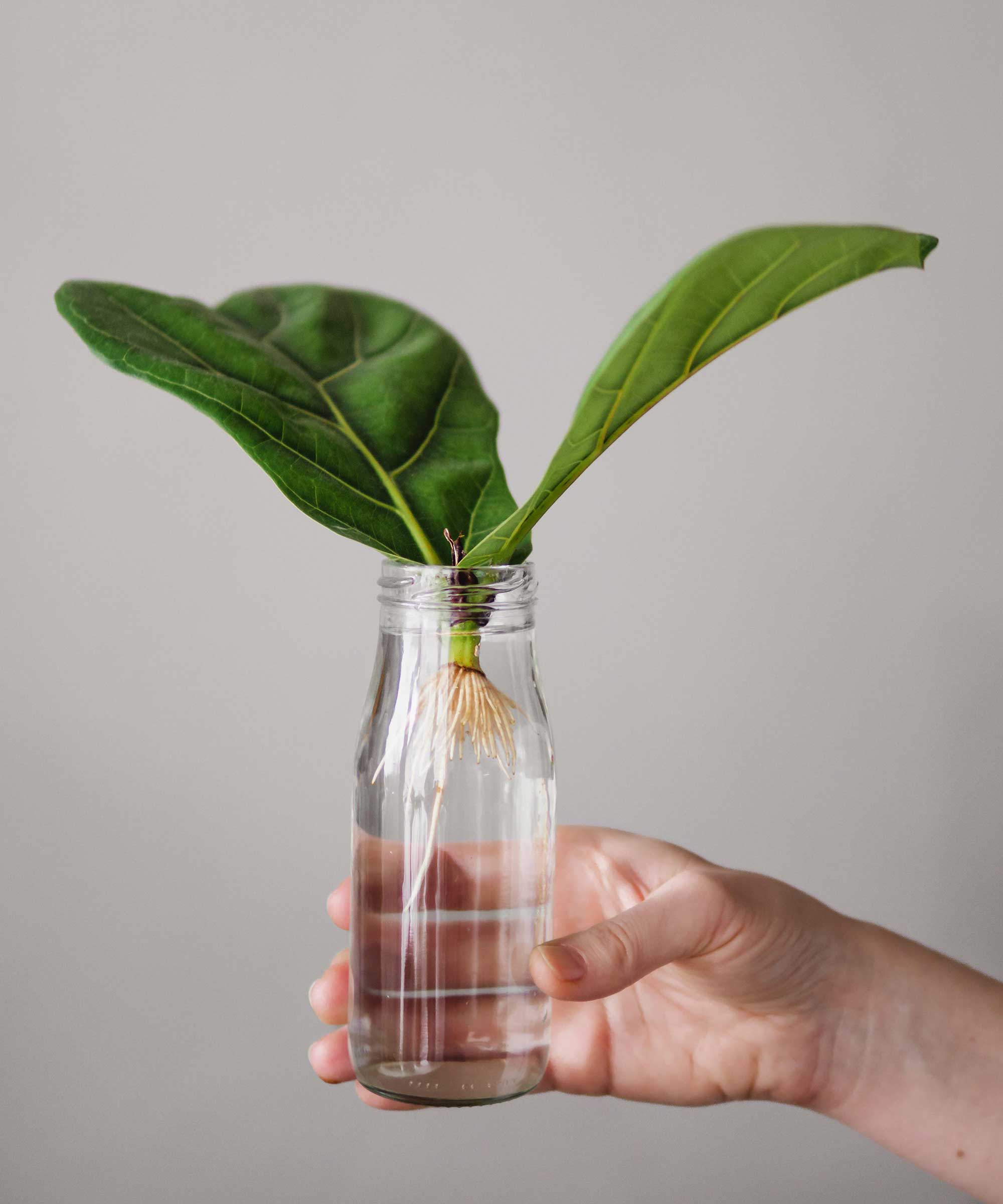
It's also possible to propagate a fiddle leaf fig cutting in water. In fact, Nastya says she prefers it, as it allows for precise monitoring of the whole process.
"Place it in a clear container filled with clean, soft, lukewarm water," Nastya says. She also recommends changing out the water once every three to five days and washing the walls of the container to keep them free of any coating.
"Take care to keep the leaves above the water at all times, since they might begin to rot otherwise," Nastya adds.
Paris Lalicata of The Sill says to avoid placing your cuttings in direct sunlight, unless it's morning sun. "Too much light during the rooting process can cause the stem cuttings to droop or take longer to root."
If parts of the cutting start to rot, Nastya recommends cutting them off about half an inch above the affected tissue as soon as possible using a sharp, clean tool.
Once the roots are about two inches long, Kiersten says to pot the cutting up, using a very well-draining mix. Give it plenty of time to acclimate, she adds.
FAQs
How long does it take a fiddle leaf fig cutting to grow roots?
Paris says, "With proper care and patience, roots should begin to develop within a few weeks, signaling successful propagation."
According to Kayla, cuttings propagated in soil should root in four to eight weeks. In water, it should take two to four weeks – but it can sometimes take longer, she says.
"Remember that not all propagations will take, so be patient with your plant and yourself!" adds Kiersten.
There are other ways to propagate plants, depending on the variety. It's a whole world to discover, and can be super rewarding and it can save you some cash, too!






